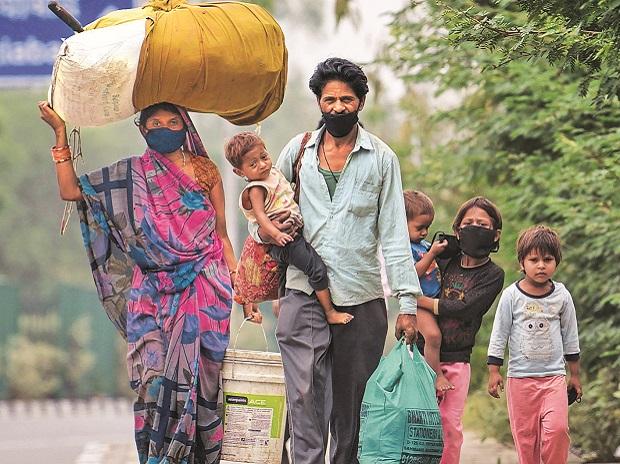Commuters’ lifeline halted in its tracks

Traffic gone, roads wore a deserted look

Deserted view of otherwise bustling stations

No sign of tourists

Migrant workers’ exodus

Gradual re-opening

Work from home

When Covid pushed people indoors, offices and educational institutions moved swiftly to the new normal of ‘work from home’.
A changed world

Towards the end of the long pandemic year, 2020, when people began stepping out, thermal checking at every entry point, frequent use of sanitisers, social distancing and a mandate to wear masks became the new order of the day.
Travel experience and Vande Bharat mission

 Dear Reader,
Dear Reader,
RECOMMENDED FOR YOU